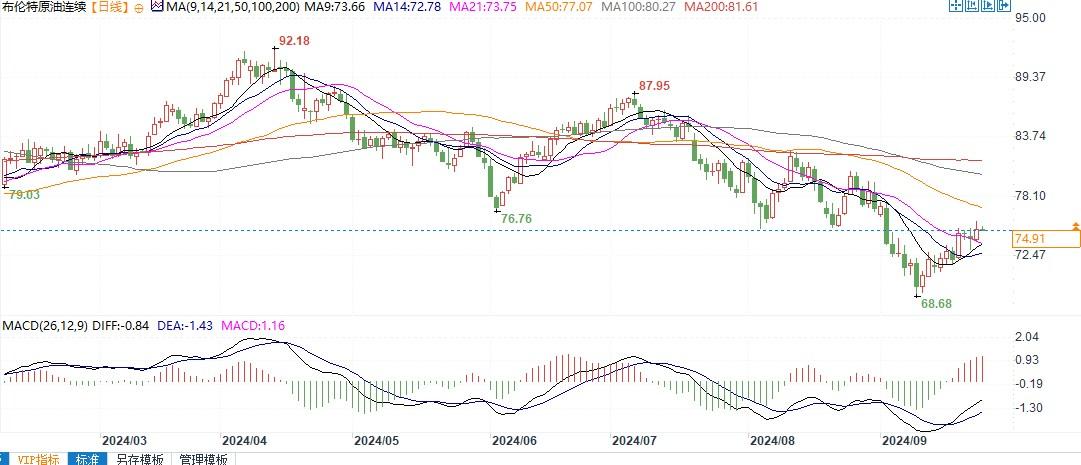How is the long-term demand for oil growing?
OPEC released its "2024 World Oil Outlook" report on Tuesday, predicting that global energy demand will grow strongly by 24% from now until 2050. The report also predicts a "strong medium-term growth" in oil demand, reaching 112.3 million barrels per day by 2029, an increase of 10.1 million barrels per day from 2023. However, a considerable number of energy analysts seem to disagree with this calculation, especially those from the International Energy Agency.
According to the International Energy Agency's mid year outlook released in June, oil demand will actually stabilize at around 106 million barrels per day by the end of this century. The International Energy Agency still believes that global oil demand is on the rise, but predicts a smaller increase and expects it to peak by the end of this century.
In recent years, the debate over forecasts between OPEC and the International Energy Agency has attracted much attention, with the agency vigorously promoting a net zero emissions future.
At the same time, S&P Global Commodity Insights believes that oil demand in the medium term will fall between the two, with demand peaking at 109 million barrels per day in 2034 and gradually decreasing to below 100 million barrels per day by 2050. By contrast, OPEC expects oil demand to reach an astonishing 120 million barrels per day by 2050.
All parties agree that demand from developing countries will decrease, while demand from emerging markets led by India will increase.
As for the near to medium-term outlook, analysts hold a pessimistic view on oil demand and prices. Although OPEC+announced in early September that it would extend crude oil production cuts until December to limit market supply, the situation is still not optimistic.
Dave Ernsberger, Head of Global Commodity Insights Market Reports at S&P, said, "The additional two months have not convinced anyone skeptical of the market that this will have a significant impact on supporting oil prices
Li Chen Sim, a non resident scholar at the Washington Middle East Institute, said that the biggest threat to OPEC+oil price increases comes from external factors, mainly due to several reasons: sluggish oil demand, especially in some Asian countries, non OPEC+oil supply, and some OPEC member countries' crude oil production exceeding designated quotas.
In the short term, it is expected that OPEC+will resume partial production in December. Some OPEC+countries have already exceeded their production quotas, and supply from non OPEC+oil producing countries such as the United States, Guyana, Brazil, and Canada will also increase.
Ernsberger said that as long as there is such a threat in the market, it is difficult to see a significant increase in crude oil prices.

Brent crude oil price daily chart
Tips:This page came from Internet, which is not standing for FXCUE opinions of this website.
Statement:Contact us if the content violates the law or your rights
